Living in Arizona with a canine companion comes with unique challenges that most other states don’t face. The desert landscape that makes the Grand Canyon State so breathtaking also harbors one of nature’s most feared creatures – the rattlesnake. While these serpentine residents play a crucial role in maintaining the delicate desert ecosystem, they pose a serious threat to our four-legged family members who are naturally curious about the world around them. Every year, countless dogs end up in emergency clinics after unexpected encounters on hiking trails, in backyards, or even neighborhood streets. A single bite can cause severe pain, swelling, and life-threatening complications if not treated quickly. What makes the danger even greater is that dogs often don’t recognize the warning rattle until it’s too late. Fortunately, Arizona veterinarians and trainers emphasize prevention, from snake-avoidance classes to keeping yards well-maintained. For dog owners, knowing the risks—and how to respond—can turn a potentially fatal encounter into a survivable one.
Arizona’s Rattlesnake Problem is Real
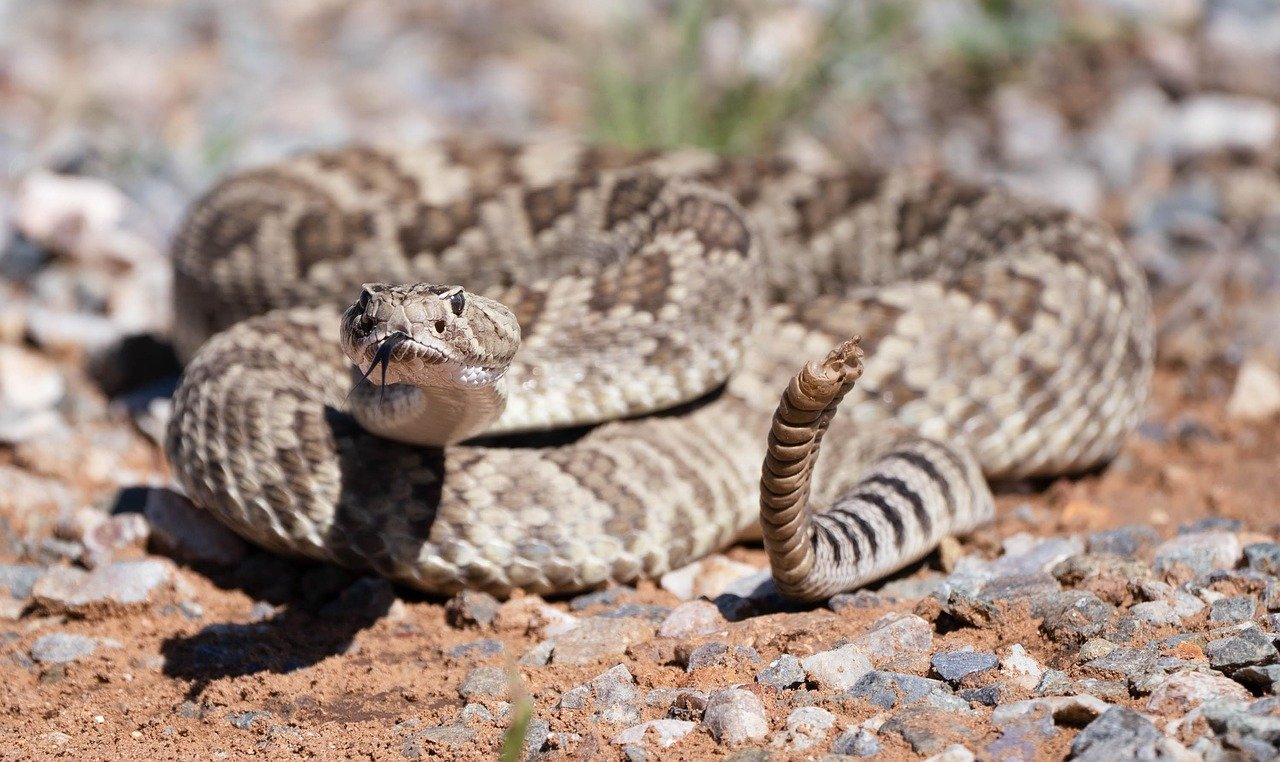
The statistics might shock you – Arizona has the greatest diversity of rattlesnakes anywhere in the United States – 13 different species. This isn’t just a fun fact for nature enthusiasts; it’s a reality that affects every dog owner in the state. Arizona Veterinary Emergency & Critical Care Center (AVECCC) warns they have seen a spike in rattlesnake bite cases in dogs over the past three weeks. Rattlesnakes tend to come out of hibernation when the weather warms up and AVECCC is already seeing cases this year.
What makes this situation even more concerning is that approximately 150,000 dogs in the U.S. are bitten by venomous snakes. Bites tend to be more common in the warmer months and in areas where dogs roam outdoors. When you consider Arizona’s year-round outdoor lifestyle and the sheer number of rattlesnake species present, the risk becomes undeniable.
Peak Season Means Peak Danger
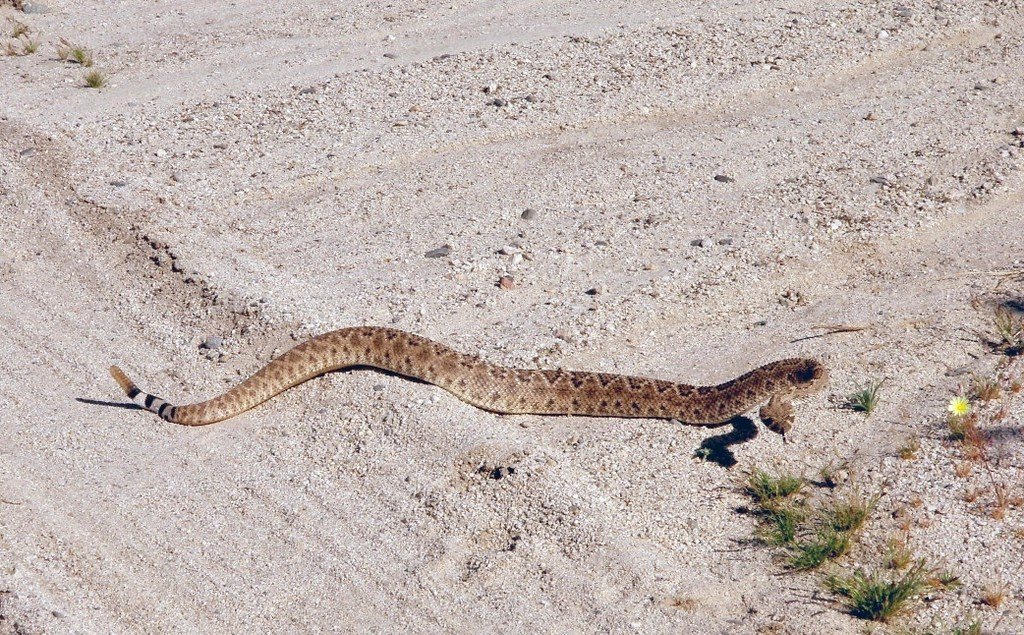
March through October is considered rattlesnake season in Arizona, but don’t let that fool you into thinking winter months are completely safe. During the warmer seasons, these reptiles are most active and aggressive as they hunt for food and prepare for their next dormancy period.
Rattlesnake sightings are most common between April and October, with activity patterns that directly coincide with when most Arizona families spend time outdoors with their pets. When it gets too hot, they move to become nocturnal, which means evening walks with your dog can be particularly risky during summer months. The changing seasons bring different challenges – spring emergence makes snakes more visible but also more defensive after months of hibernation.
Why Dogs Are Prime Targets

Understanding why dogs are so vulnerable to rattlesnake bites is crucial for prevention. Dogs have no evolutionary history with rattlesnakes and have no natural aversion to them. As a result, a buzzing venomous snake looks more like food or a toy than a threat to our furry pets. This natural curiosity becomes their biggest weakness in rattlesnake territory.
The problem with dogs is they can smell a rattlesnake and they’re curious, and when they’re curious they put their nose right up to the snake and the snake doesn’t have a choice. The first instinct of many dogs is to stop and sniff the snake. To a rattlesnake, this appears to be a large predator going in for the kill, so they will often strike to defend themselves. This is why many snakebites to dogs occur on the face. The combination of a dog’s investigative nature and a snake’s defensive instincts creates a perfect storm for dangerous encounters.
Recognizing Arizona’s Most Dangerous Species
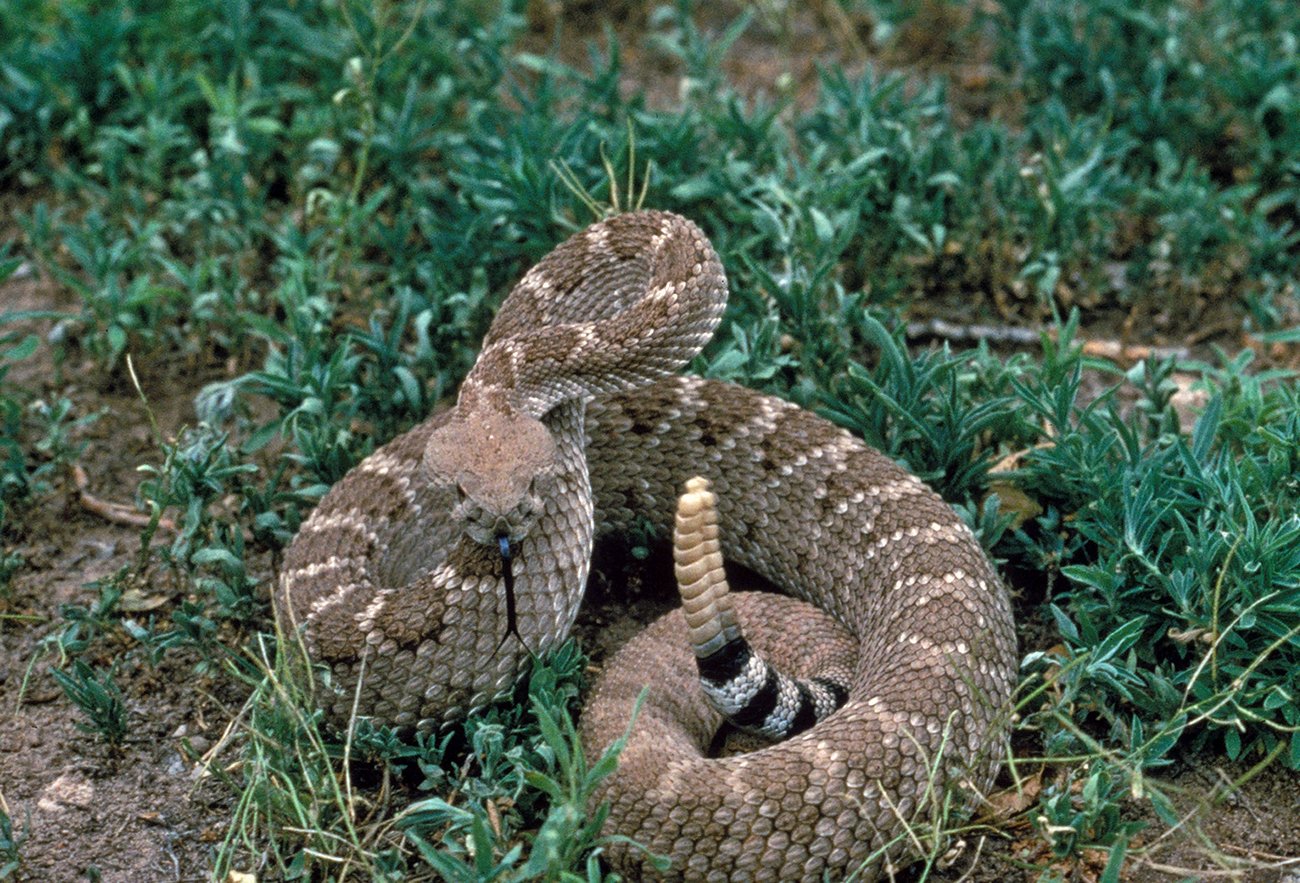
The Western Diamondback Rattlesnake is widespread throughout Arizona, although it is most commonly found in southwest desert areas. It is one of the largest rattlesnake species in the state, typically growing from 3-4 feet in length, with some specimens reaching up to 5 feet. This species is particularly aggressive and when it feels threatened, it will usually raise its body up in a defensive position and rattle loudly. This snake will not back down and is much quicker to attack than other species of rattlesnakes.
The Mojave Rattlesnake is widely considered the most deadly snake in the United States. Mojave rattlesnake venom is extremely potent. In fact, it has such a potent mix of neurotoxins and hemotoxins in its venom, that the Mojave rattlesnake is one of the most dangerous snakes in North America. The Mojave Rattlesnake, or “mojave green” as people like to say, is often confused for the similar-looking Western Diamondback, and visa versa. The Mojave is very commonly seen in flat, sandy desertscrub areas, and less likely seen in mountainous or rocky regions.
Warning Signs Every Owner Must Know

Recognizing the symptoms of a rattlesnake bite can mean the difference between life and death for your dog. Dogs may react to a snake bite right away, or it may take up to 24 hours for symptoms to appear. The initial signs aren’t always obvious, which makes vigilant observation crucial after any outdoor activity.
For a dog rattlesnake bite, you will likely see two wounds from the snake’s two large fangs, spaced evenly apart from each other. If the wound has already swollen significantly, however, you may not see these marks. The bite may be bleeding an excessive amount if it is from a rattlesnake. This is in part due to the anticoagulant properties of the venom, which disrupts the body’s normal clotting mechanisms. Venomous snakebites are extremely painful. While some dogs are very stoic and will hide their pain, others may react by crying and hiding. Very often they will vomit and have diarrhea soon after the bite.
Emergency Response That Saves Lives
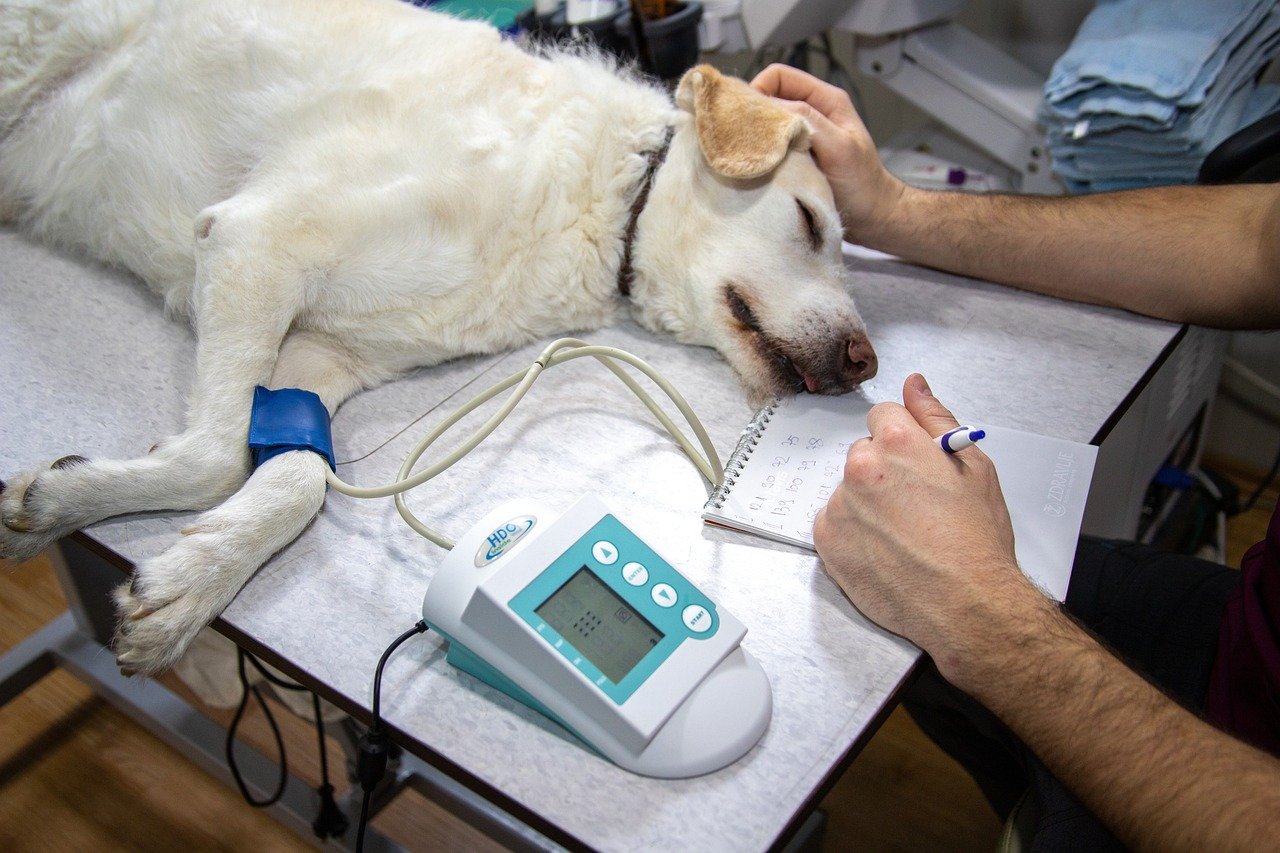
Time is absolutely critical when dealing with a rattlesnake bite. If you think or know that your dog was bitten by a rattlesnake, this is an emergency and you should take them to the emergency vet immediately. Find a VEG location near you and feel free to call ahead to speak with a doctor. Don’t waste precious minutes trying to identify the snake or attempting home remedies.
Keep your dog calm and immobilized to slow venom spread. Take your dog to the nearest veterinary hospital immediately; time is critical. If you see the bite wound, rinse the wound with water to remove some venom. Keep the wound below the heart, and keep your pet as still as possible to discourage the spread of venom. However, remember that anti-venom can only be administered within 24-48 hours after being bitten, making immediate veterinary care essential.
The Power of Prevention Through Leashing

The single most effective protection for your dog is surprisingly simple – a leash. In our polling, we have discovered that second only to your own backyard, the majority of bites to dogs happen on trails when off-leash. This statistic reveals a heartbreaking truth: many bites are completely preventable.
Most rattlesnake bites happen when a dog is off leash, on a long leash, or flexi-lead. Keeping your dog a short leash gives the owner the opportunity to hear the rattle and pull their dog to safety. Snakebite on hikes is mostly preventable with one simple tool that most of us already carry with us: THE LEASH. Leashes are truly wonderful. They keep your dog by your side where you can enjoy the trail together. The leash isn’t just about control – it’s about creating a safety buffer that gives you time to react.
Rattlesnake Avoidance Training Works

Professional rattlesnake avoidance training has emerged as a valuable tool for Arizona dog owners. Rattlesnake aversion training is a process that teaches dogs to be cautious and avoid rattlesnakes. Dogs have no evolutionary history with rattlesnakes and have no natural aversion to them. As a result, a buzzing venomous snake looks more like food or a toy than a threat to our furry pets. Aversion training is simply a method of teaching them that rattlesnakes are nothing to play with.
Training programs use two live rattlesnakes, they are both muzzled so they can’t bite and it is safe for her to walk up and sniff the snake if she chooses to. The key to success is catching a dog’s curiosity. The dog gets to check a rattlesnake out, and in the real world, that would usually end up in a bite, and what we can do is give her a little sting with the collar. They’re fooled into thinking the snake was where that came from, and the snake immediately jumps back. If you go hiking a lot, you can train a dog to avoid rattlesnakes. When they pick up a rattlesnake scent, you can use a shock collar with a little jolt and they’ll learn they don’t like it and don’t want to go anywhere near it. That is actually very effective.
The Rattlesnake Vaccine Controversy

The rattlesnake vaccine for dogs remains one of the most debated topics among Arizona pet owners and veterinarians. Vaccines work by stimulating an animal’s immune system to defend the body against potentially harmful agents. Rattlesnake vaccine can help your dog’s body develop immunity to protect your pooch against the effects of rattlesnake venom. Vaccination can reduce the impact of a rattlesnake’s bite if your dog does happen to get bitten, and reduce or eliminate the need for antivenom, in addition to decreasing other treatment costs.
However, the effectiveness isn’t guaranteed. A rattlesnake vaccine exists, but studies show mixed results regarding its effectiveness. The vaccine aims to reduce the severity of symptoms, not prevent them entirely. Even vaccinated dogs should still receive immediate medical attention if bitten. Even a vaccine can’t react quickly enough to make a difference with a snakebite. The vaccine might provide some protection, but it should never replace proper prevention and emergency care.
Creating a Snake-Safe Home Environment
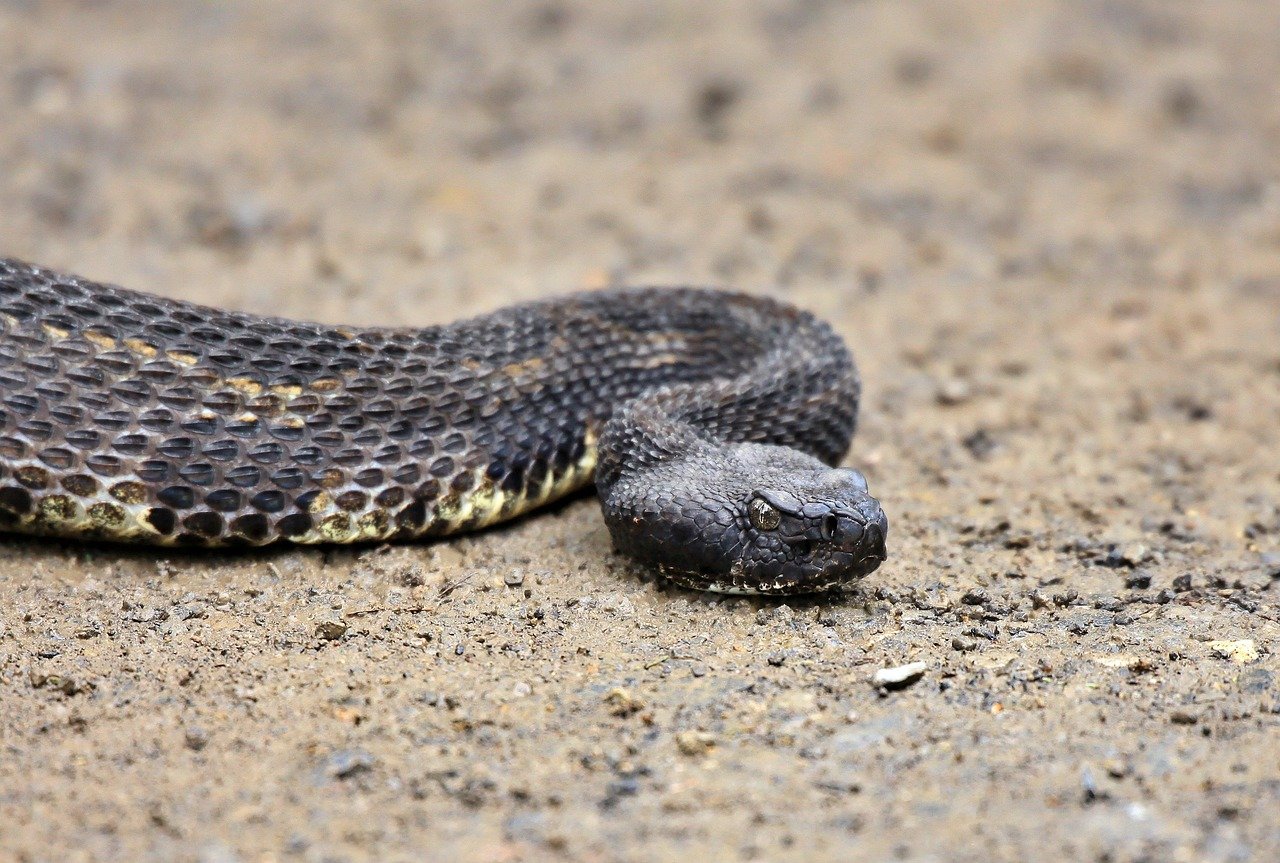
Your backyard can be your dog’s first line of defense or its greatest vulnerability. Avoiding Dense Brush, Rocky, and Grassy Areas: If hiking, staying on the trail and using wider trails and roads gives the pet owner an opportunity to see the snake ahead of time. At home, keep your yard clear of dense and/or long grass to discourage snake habitation. Simple landscaping changes can dramatically reduce the likelihood of rattlesnakes taking up residence near your home.
Other remedies like powders sold at hardware stores do not work at all. The only way to completely prevent rattlesnakes from getting into a yard is with rattlesnake exclusion fencing. While this represents a significant investment, many Arizona families find the peace of mind worth the cost. Perimeter walls and fences around your property should be solid, a minimum of four-feet high, with no holes or areas for them to tunnel underneath. Professional snake-proofing goes beyond DIY solutions and addresses entry points you might never consider.
Treatment Costs and Survival Rates

Understanding the financial and medical realities of rattlesnake bites helps put prevention efforts into perspective. Treatment may require antivenom injections, which can cost hundreds to thousands of dollars. These injections are also associated with an increased risk of adverse reactions that can cause complications during recovery. Other costs of treatment for rattlesnake bites may include intravenous fluids, medicines, surgery and/or hospitalization.
The good news is that survival rates are encouraging with prompt treatment. About 80% of dogs can survive a snake bite if it’s treated right away. With prompt treatment, most dogs survive rattlesnake bites. The prognosis depends on factors like the amount of venom injected, the bite location, and the time before treatment. Early intervention and close monitoring give dogs the best chance of recovery. These statistics underscore why immediate veterinary care is so crucial.
Conclusion
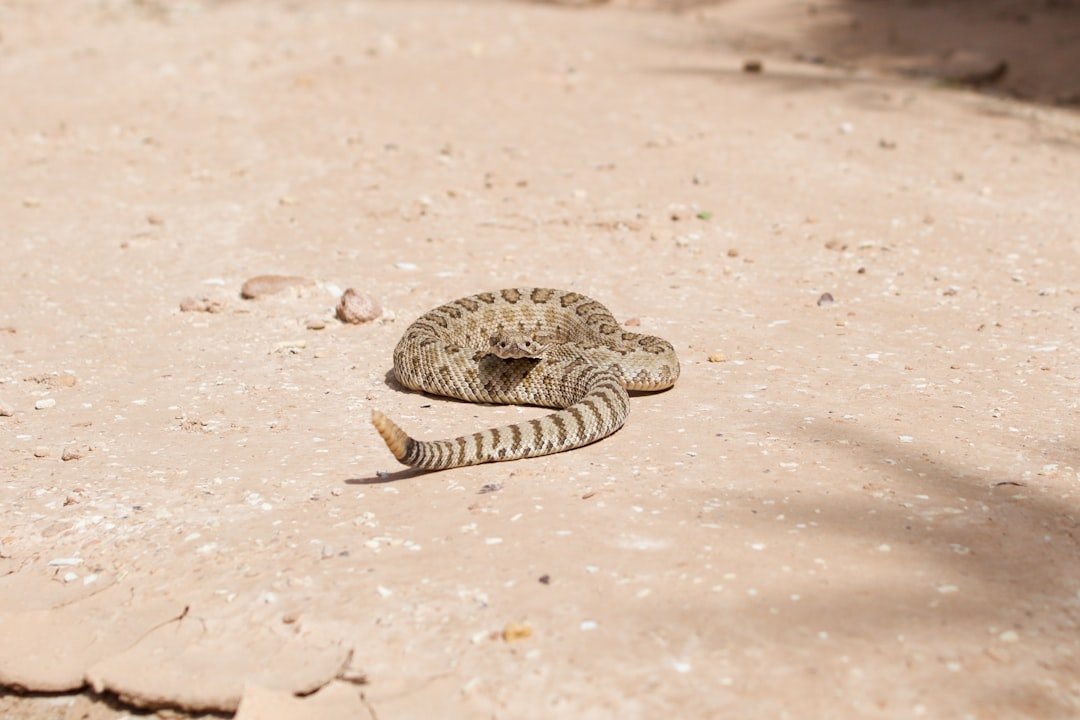
Living with rattlesnakes is simply part of life in Arizona, but that doesn’t mean accepting unnecessary risks to our beloved dogs. The combination of education, prevention, and preparedness creates the best possible protection for our four-legged family members. Keep your dog on a short leash during outdoor adventures, consider professional avoidance training, and always have an emergency plan that includes the nearest 24-hour veterinary facility.
Remember that anything that attracts rodents will attract snakes, too, so maintaining a clean environment benefits everyone. The desert’s beauty comes with responsibility, and informed dog owners are the best defense against tragedy.
What would you have guessed about rattlesnakes before reading this?

Jan loves Wildlife and Animals and is one of the founders of Animals Around The Globe. He holds an MSc in Finance & Economics and is a passionate PADI Open Water Diver. His favorite animals are Mountain Gorillas, Tigers, and Great White Sharks. He lived in South Africa, Germany, the USA, Ireland, Italy, China, and Australia. Before AATG, Jan worked for Google, Axel Springer, BMW and others.




